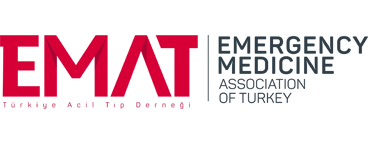| aluminum phosphide |
178 |
| environmental effects |
178 |
| health effects |
178 |
| management |
178 |
| occupational health and safety |
178 |
| phosphine |
178 |
| toxicology |
178 |
| burn‑out |
191 |
| emergency department |
191, 246, 223, 159, 199 |
| fatigue |
191 |
| residency |
191 |
| blood pressure fluctuations |
246 |
| capsular warning syndrome |
246 |
| small vessel disease |
246 |
| stroke |
246, 223 |
| transient ischemic attack |
246 |
| basic life support |
216 |
| cardiopulmonary resuscitation quality |
216 |
| emergency medicine clerkship |
216 |
| skill retentions |
216 |
| national institutes of health stroke scale |
223 |
| analgesia |
159 |
| pain management |
159 |
| adrenal crisis |
242 |
| extracorporeal cardiopulmonary resuscitation |
242 |
| septic shock |
242 |
| veno‑arterial extracorporeal membrane oxygenation |
242 |
| children |
230 |
| comorbidities |
230 |
| complications |
230 |
| mechanical ventilation |
230 |
| pediatric intensive care unit |
230 |
| bell’s palsy |
239 |
| bilateral facial nerve palsy |
239 |
| corticosteroids |
239 |
| electromyography |
239 |
| guillain–barré syndrome |
239 |
| idiopathic facial palsy |
239 |
| drowning |
208 |
| emergency medicine |
208 |
| glasgow coma scale |
208 |
| neurological outcomes |
208 |
| resuscitation |
208 |
| capnography |
199 |
| inhospital mortality |
199 |
| shock |
199 |

